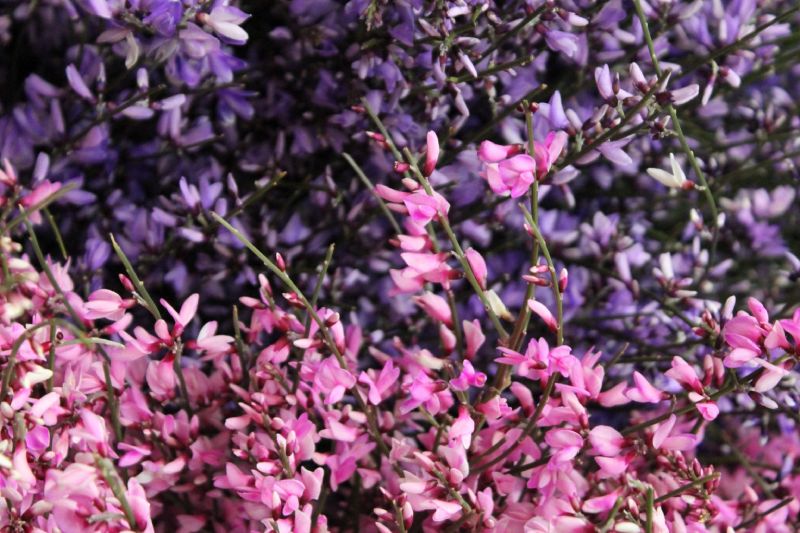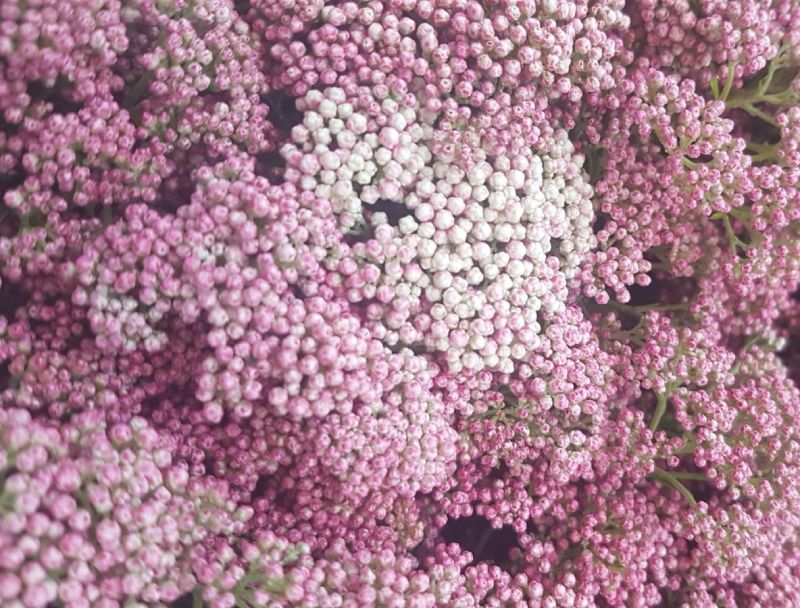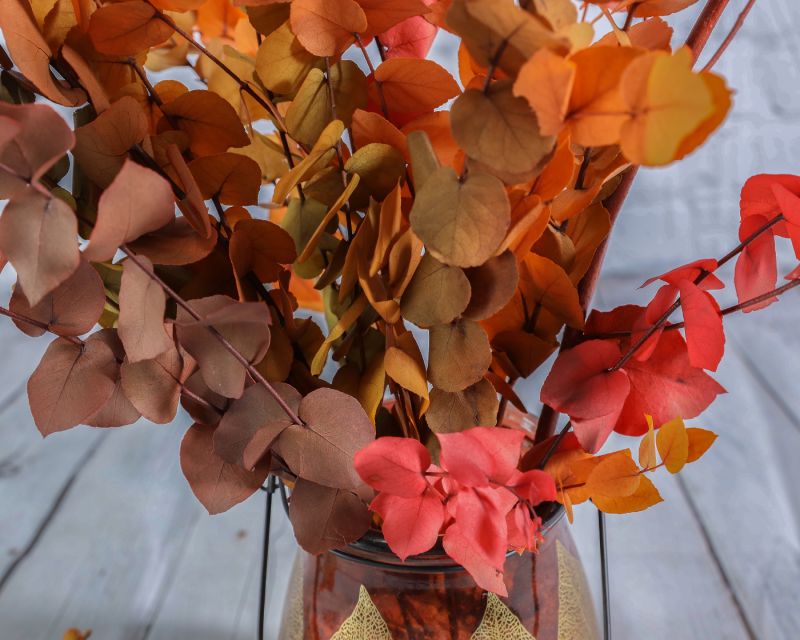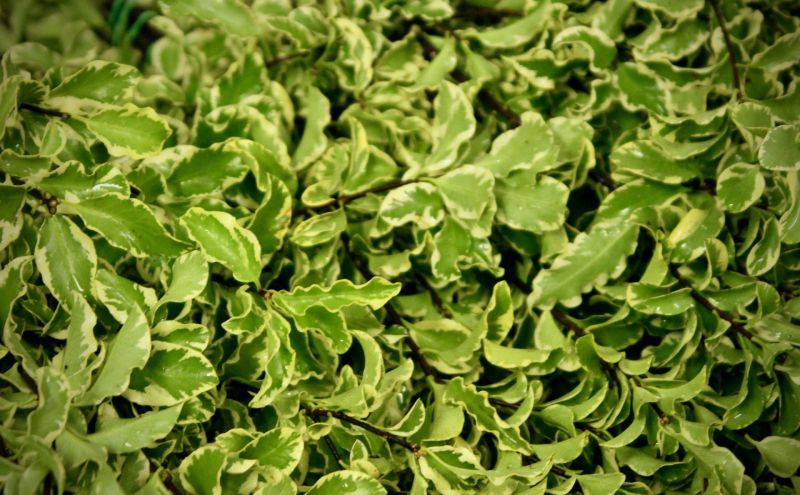Outlining the characteristics of an Italian style tout court is not so simple, unlike, for example, Japanese Ikebana. All professionals in the field, however, agree on one aspect: beyond compositional techniques, Italian flowers and plants possess botanical characteristics of excellence appreciated worldwide. Indeed, compositions rich in Italian varieties possess a refined style suitable for special events such as weddings, parties and ceremonies, where refinement is greatly appreciated.
Therefore, let us see together which Italian botanical varieties are the most popular and most adopted in floral compositions.
Italian-style flowers and plants
Italian Ruscus is one of the most researched decorative plants. Elegant in its bright green, easy to work with and suitable for all kinds of arrangements. For a truly valuable Italian-style decoration, it can be juxtaposed with varieties that grow luxuriantly with the help of the Belpaese climate and soil:
- mimosa
- genista
- viburnum
- ranunculus
Dried and preserved elements can always be added to these, which help to enhance the central Italian flowers, following the type of style you prefer or relate best to the event.
The formal style
The formal style of floral arrangements involves symmetrical structures to each other. Roundness and regularity are the main rules to be observed. They are achieved by arranging the flowers at the same height, so as to achieve a homogeneous realization with no gaps. According to this style, all flowers are protagonists, without any main one being chosen. It is mostly used for brides’ bouquets, but also for centerpieces and decorations of small spaces.
It is perfect when you want to convey:
- balance
- serenity
- rationality
- security
The decorative style
The decorative style is ideal when you want to embellish a space in a showy way. Arrangements are often elaborate and richly detailed through the use of colorful flowers and various decorative elements. This creates an eye-catching visual effect that can stimulate the senses.
In the decorative, flowers are placed on different lengths and the sense of movement is made more intense by alternating fullness and emptiness, which generate light-dark effects. Everything is played on the contrast between symmetry and asymmetry, along with depth effects.
This style is suitable for any event and utilization, precisely because of the scenic sense it restores and its versatility of expression.
It is recommended to use it when you want to stimulate:
- curiosity
- movement
- astonishment
- prosperity
The vegetative style
The vegetative style reflects the natural growth of plants and flowers. The arrangements follow the shape and structure of the plants, giving the impression that the flowers are still rooted in their original environment. In fact, to create a vegetative arrangement, it is necessary to understand how the plants used grow in nature in order to replicate it as faithfully as possible.
The effect created is lively, due to the coexistence of multiple focal points, around which multiple flowers are grouped with successions of fullness and emptiness.
It is a versatile style that can be used in both small and large arrangements and for a wide variety of events: from weddings to office decorations, it will help make any environment relaxing.
The feelings it arouses are very much related to the relationship with nature:
- freedom
- spontaneity
- serenity
- curiosity
The modern style
The modern style is characterized by innovative and minimalist compositions. It often takes the linear style, which has very precise compositional rules, and adds a touch of free whimsy to it. What remains inescapable is the search for balance through clear lines, which prevail over large volumes and accompany the eye in precise directions.
This style is well suited to modern furnishings, whether private or institutional or office. The linearity will give these environments:
- elegance
- curiosity
- fascination
- movement
The classical style
The classical style is based on traditional rules and patterns of English extraction. Geometry is the absolute protagonist of each structure, which is built following strict patterns. Triangles, squares and circles are the predominant shapes and involve the use of traditional colors, such as green red and white. Classical flowers of Western culture are usually included, so roses, lilies, peonies or carnations are preferred, embellished with lush ornamental greenery.
The classical style is used at formal and traditional occasions, such as weddings, anniversaries, receptions and other important events where you want to convey a sense of:
- timeless elegance
- refinement
- luxury
- formality
- nobility
The antique style
The antique style is inspired by historical floral arrangements, such as those seen in paintings and decorations of antiquity. Thus, pictorial representations are faithfully reproduced, going back in time between many eras, even looking at ancient Roman mosaics or Greek art.
This style is especially in demand in thematic events, celebrations in historic places, or to environments that already possess ancient architectural or decor features.
The compositions are always very precious and intended to arouse:
- solemnity
- culture
- fascination
- interest
In our store you will find a wide selection of products ideal for your compositions with an Italian “scent”!



